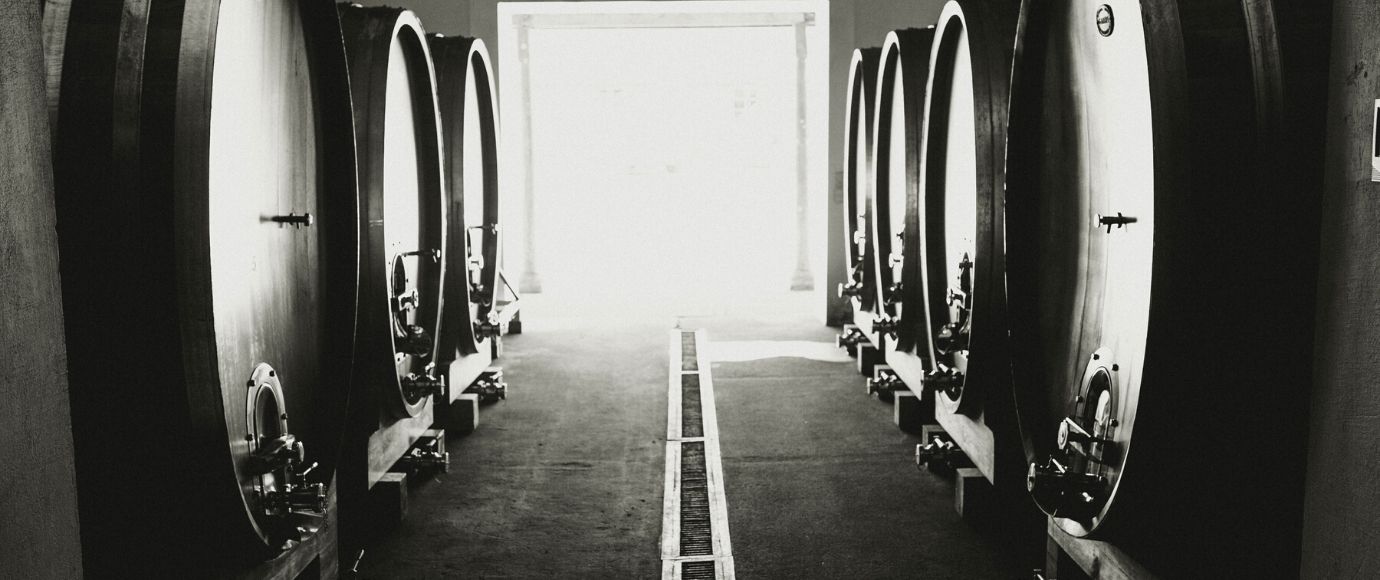El Vino y la Madera: Como afecta la Madera al Vino y las Diferencias Vino sin Madera

Podemos encontrar en el mercado vinos con madera y vinos sin madera. ¿Qué quiere decir esto? Existen vinos que su envejecimiento ha sido en barricas, de roble francés o americano, antes de embotellarse, los cuales se denominan “vinos con madera”, que le otorgan ciertas características que los diferencian de aquellos que no tocan la madera durante su envejecimiento.
Aquí te diremos 3 características del vino con madera, para que tengas presente la próxima vez que quieras degustar una copa.
Como Afecta la Madera al Vino
Las barricas aportan ciertas características a los vinos que son envejecidos en ella, algunos de los cuales son perceptibles a través de los sentidos:
1. Color más durable
Las barricas de madera proveen al vino un color mucho más durable debido a la introducción de oxígeno a través de los poros de la madera. Otro factor que contribuye a la modificación del color es la presencia de taninos elágicos, cuya polimerización es favorecida por la madera de la barrica.
2. Aromas intensos
Las barricas hacen que se incorporen al vino aromas que son propios de la madera, como almendras tostadas, vainilla, cuero, nuez y coco. Vale destacar que una variable que influye en asignación de aromas, es el origen del roble. Por una parte, el roble americano otorga esencias aromáticas de coco, cacao, café y vainilla, mientras que el roble francés destaca aromas de frutos secos, miel, tabaco, especias y balsámicos.
3. Textura al paladar
Los taninos otorgados por la madera no solo afectan el color, sino también la textura del vino, produciendo cambios en ella. En un principio puede percibirse robusto y áspero, lo que tiende a suavizarse con la oxidación de estos compuestos fenólicos, dando como resultado un vino con más volumen al paladar. El roble francés otorga una carga tánica superior al roble americano, que aporta sabores más dulces.
Te puede interesar:El terroir de las viñas de Chile
Puedes leer: El suelo de granito y su efecto en los vinos chilenos
Vinos sin Madera
Los vinos sin madera son aquellos que tienen muy poco contacto o casi nada con la madera, y los cuales se han destacado en el mercado durante los últimos años.
Estos vinos pretenden expresar la pureza de la vid y el terruño, donde se busca vinos con sentido de origen, que muestren su terroir y su cepa, sin esconder su esencia.
Según muchos enólogos, el uso de madera estandariza al vino, ya que influye de manera significativa en la entrega de aromas, texturas y sabores propios de la barrica. En cambio, en vinos sin madera o muy poca madera, se puede apreciar su procedencia y la uva como tal.
Es aquí donde se enfrentan dos tendencias, una más clásica con el uso de barricas que ha estado presente durante siglos, y otro más sutil sin madera donde resaltan más la uva y el terruño.




